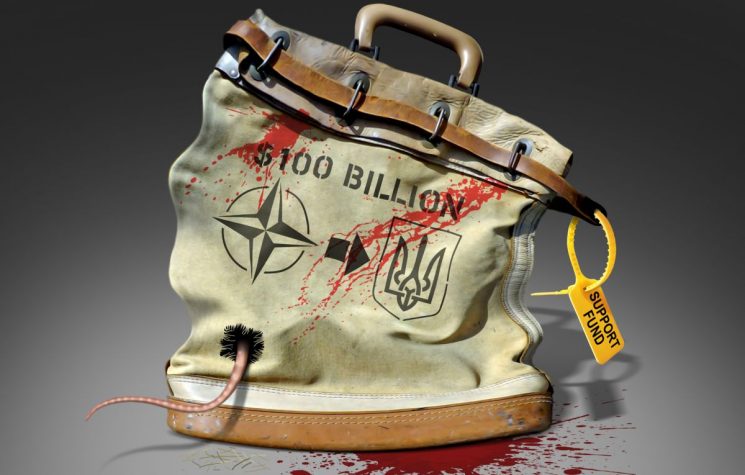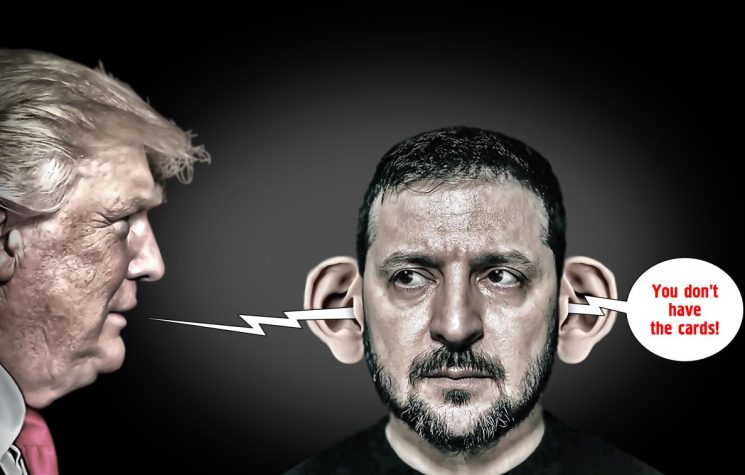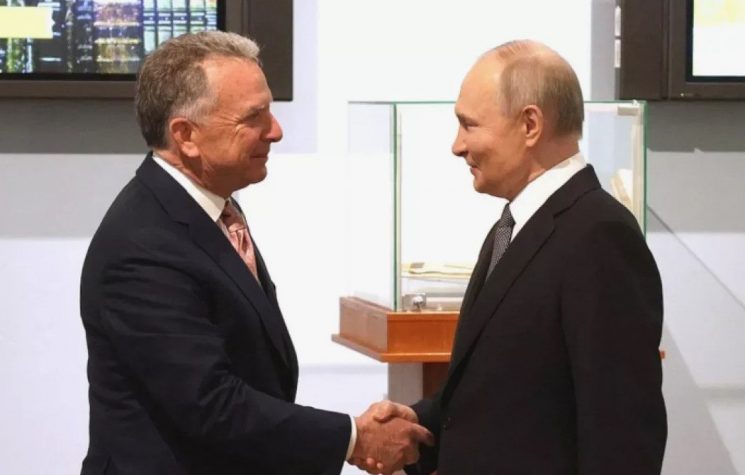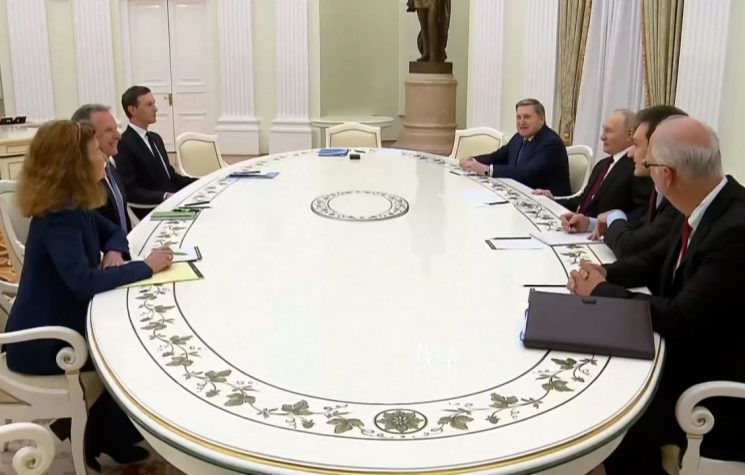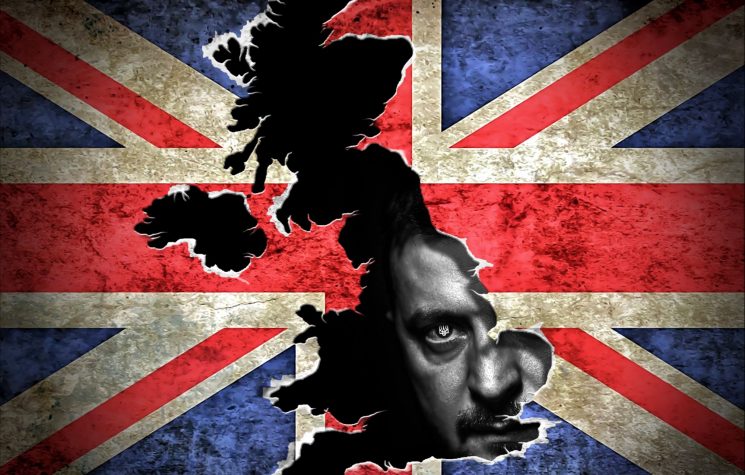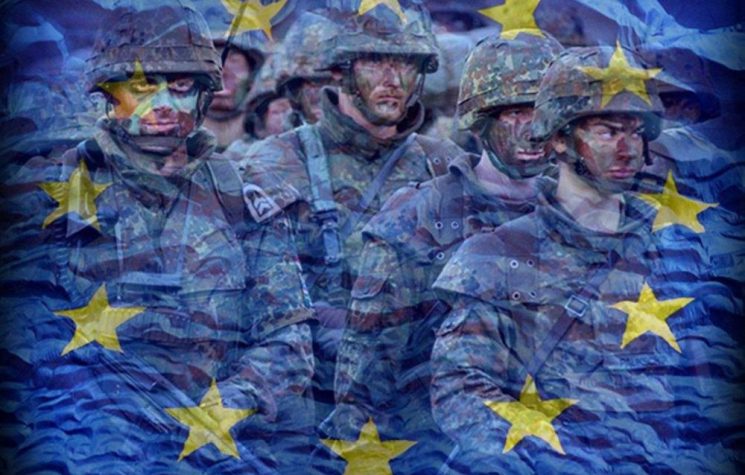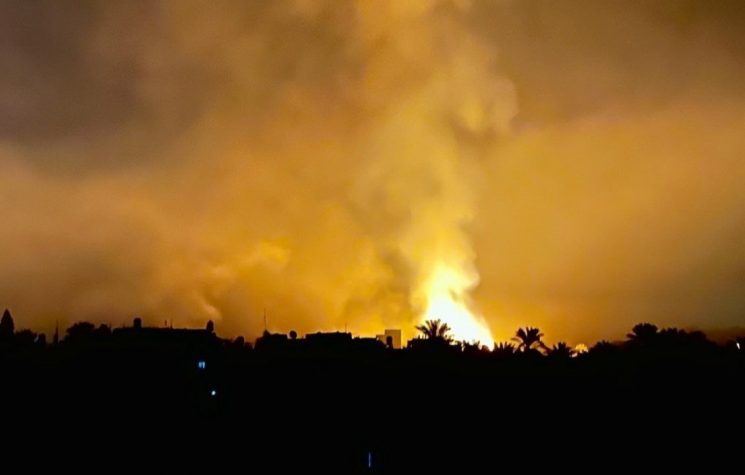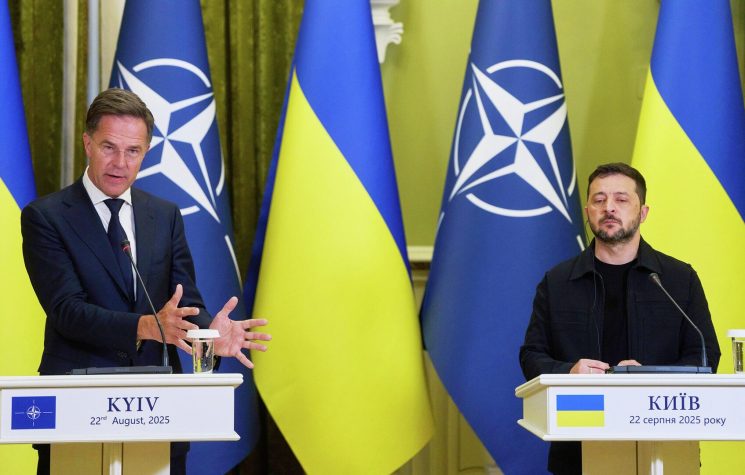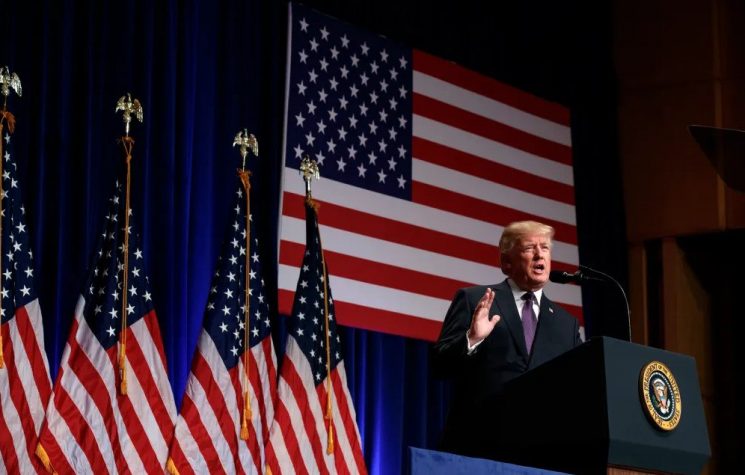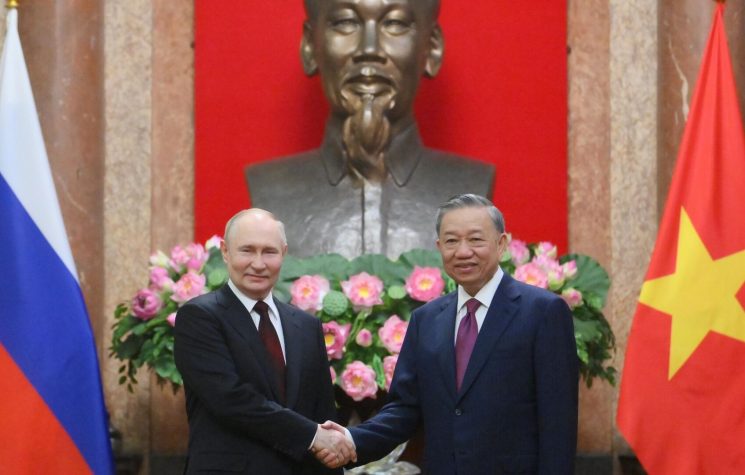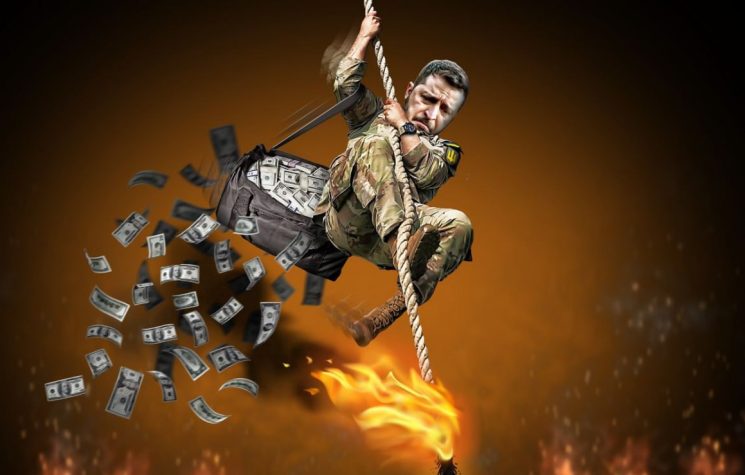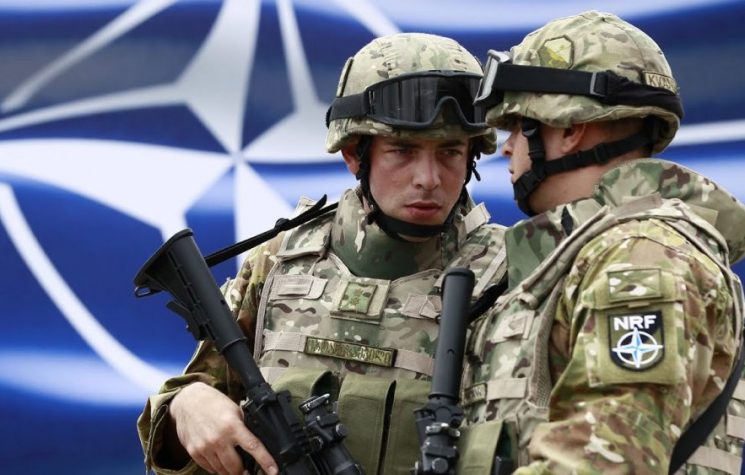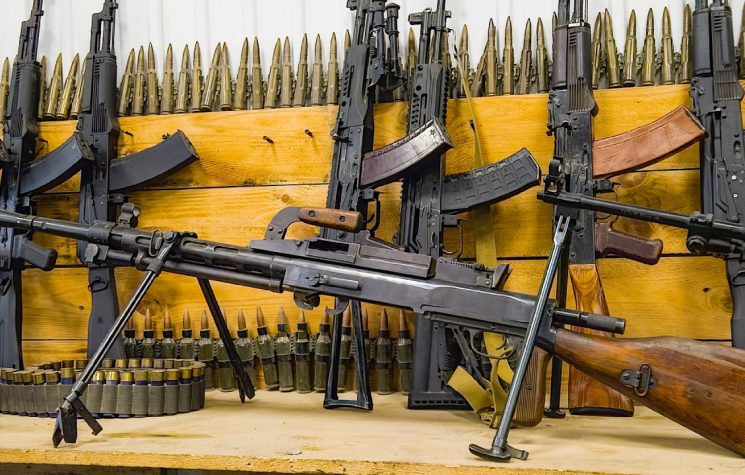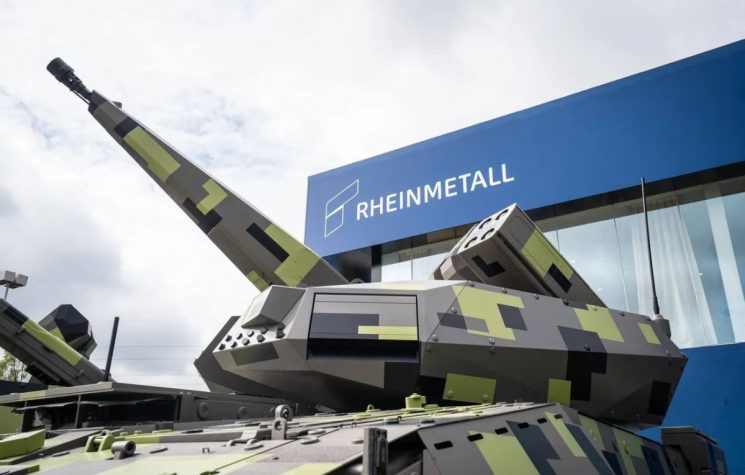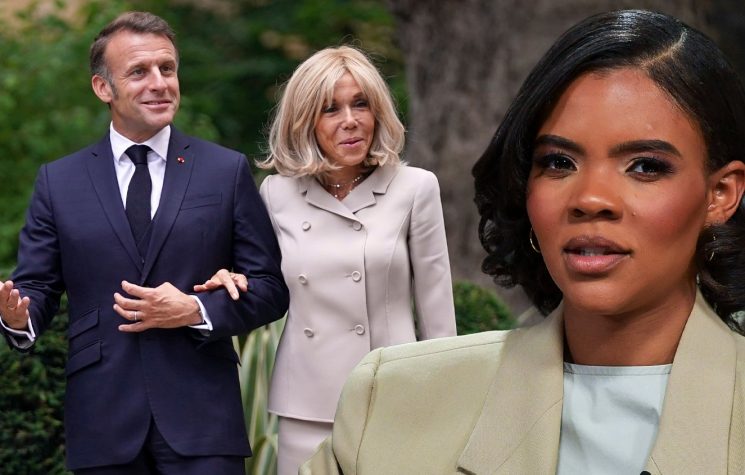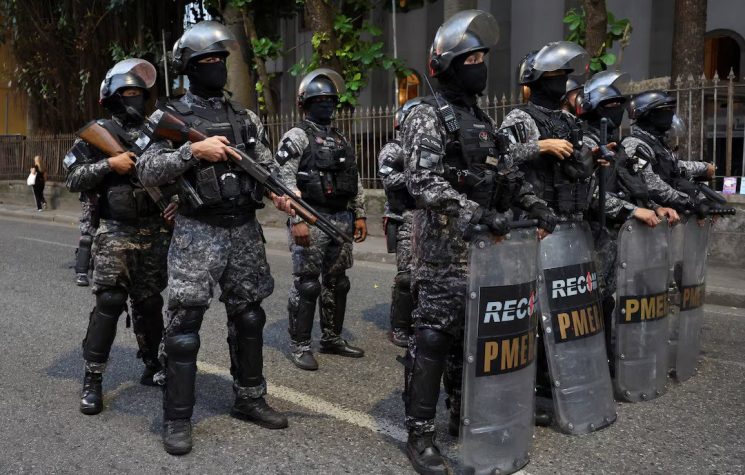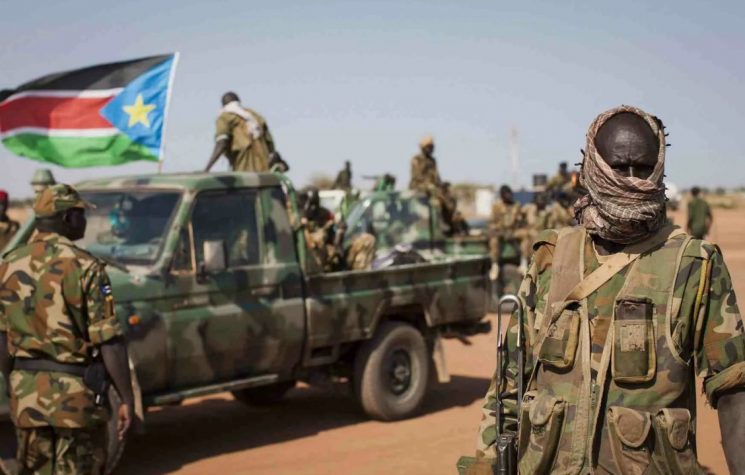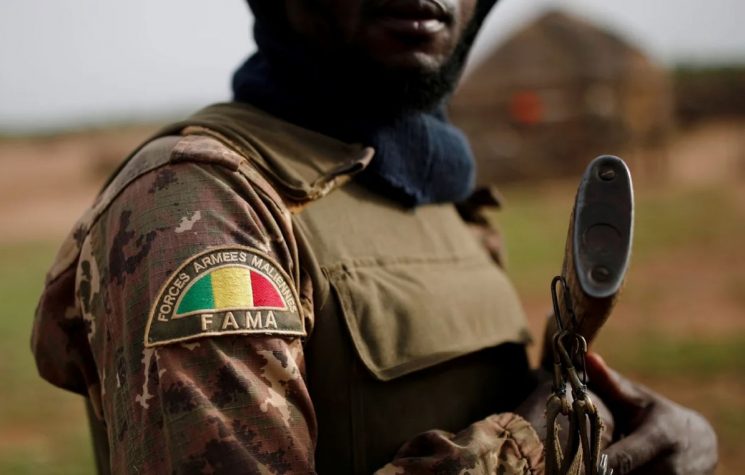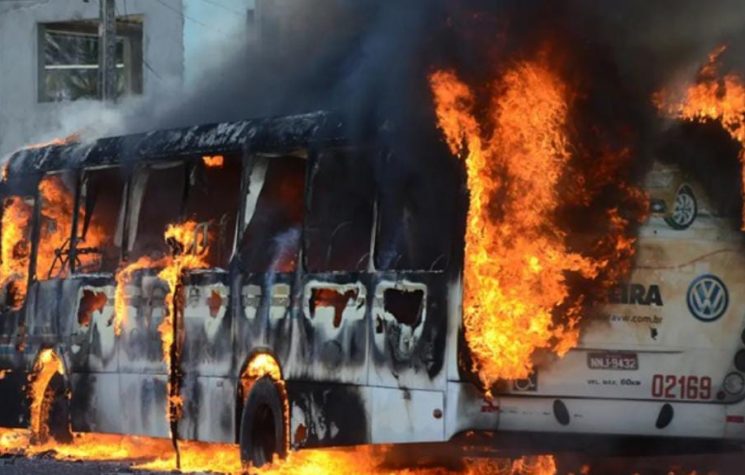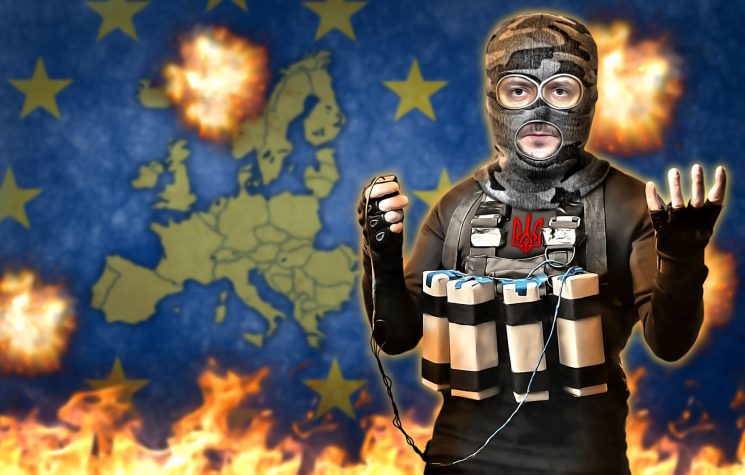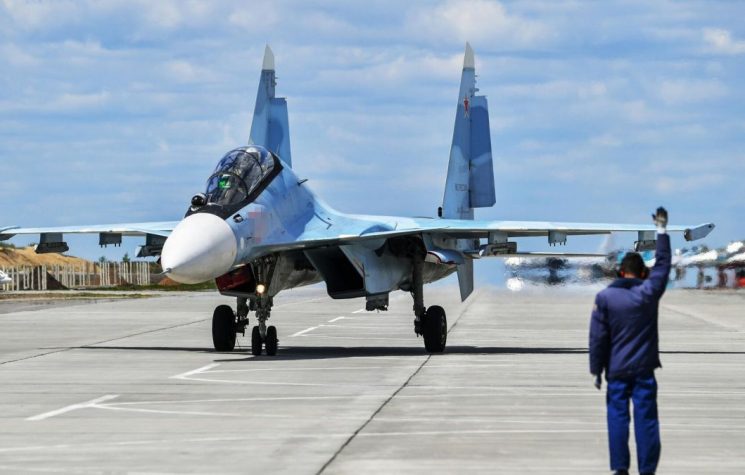The war will continue and things are going badly for Kiev on the ground: Russia is advancing steadily across the front, capturing two villages a day.
Join us on Telegram![]() , Twitter
, Twitter![]() , and VK
, and VK![]() .
.
Contact us: info@strategic-culture.su
First the facts, as far as they are known, then personal opinions
It is 1 June 2025. Five Russian airports – Olenya, Belaya, Diaghilev, Ivanovo and Ukrainsk – have been attacked, with Ukraine claiming responsibility. The targets were strategic bombers used in the Ukrainian conflict to launch conventional missiles, but which are also part of Russia’s so-called “nuclear triad”.
According to Ukraine, the operation was the result of more than a year and a half of preparations: hundreds of drone components were brought into Russian territory, stored in a warehouse in Chelyabinsk (not far from the border with Kazakhstan, where they presumably entered), assembled, loaded onto wooden structures and then onto trucks headed for the vicinity of the bases. From there, the drones were launched against the aircraft. It is unlikely that the truck drivers knew what they were transporting (one of them was found dead, suffocated with an electrician’s cable tie). This is a familiar scenario, as in the case of the truck that exploded on the Crimean bridge, an incident that was shrouded in silence, given the embarrassment that followed, despite the truth being blatantly obvious.
Ukrainian sources reported by Western media minutes after the attack spoke of 40 aircraft destroyed, including bombers, cargo planes and reconnaissance aircraft. Zelensky then spoke of a 34% loss of the fleet, or 23 aircraft out of a total of about 70 (if the known figures are reliable, given that the exact figure is classified). The videos available – from Ukrainian sources – show five Tu-95s hit (four in Olenya, one in Belaya), two Tu-22M3s (both in Belaya) and an An-12 transport aircraft (in Olenya). Another video shows two fires in Belaya, but it is unclear what is burning. Further damage is possible, but the lack of footage makes verification difficult. Russia does not usually have any problems releasing videos of this kind. More precise figures will have to wait for satellite images. The number “forty” may be more of an initial target. However, it appears that at three of the five airports, including the very important one in Ryazan, the attack was intercepted: in one case, the drones set fire to the truck transporting them, in another, civilians at a service area climbed onto the vehicle to prevent the drones from taking off after realising what was happening.
An isolated incident or the point of no return?
As for the scope of the action, this is probably an isolated incident, which will likely be mentioned in history books. It is difficult to replicate an operation of this magnitude: the logistics network has now been compromised and, although the damage is serious, it was not as devastating as expected, as it would have been if the attack had been successful at all five airports.
It should also be noted that, despite its losses, Russia still has a sufficient number of bombers and, to date, has never deployed more than 18 at the same time (and only once, in December 2023). The idea that Russian strategic aviation is now out of the game therefore appears rather fragile, just as the idea that the sinking of the Moskva prevented the Black Sea fleet from continuing to launch Kalibr missiles was.
However, the success is undeniable from a media perspective (overshadowing other events, such as last night’s railway attacks, with civilian casualties that will soon be forgotten) and also from a military perspective, as these are expensive, technologically complex and difficult to replace aircraft, even if they are partly obsolete.
Strategically, Ukraine is justified in targeting any Russian military assets, especially those used to bomb it. The fact that they are part of the nuclear triad is irrelevant, as Ukraine does not possess nuclear weapons and atomic weapons are not involved in the current conflict. One could argue, if anything, about the use of unwitting civilian assets for military purposes, but this is a secondary detail at this point.
The real issue is another: how long will it take before NATO actively enters the fray?
Statements by NATO countries do not help to reassure the situation. Just yesterday, with surprising timing, the United Kingdom announced its intention to acquire aircraft capable of dropping free-fall nuclear bombs, designed specifically for anti-Russian deterrence. Tomorrow, Monday, just as new negotiations between Kiev and Moscow are scheduled to take place in Istanbul, Keir Starmer will present the United Kingdom’s new anti-Russian strategic plan.
Meanwhile, Stars & Stripes has published the results of RAND simulations commissioned by the US Air Force, according to which a possible Russian invasion of NATO territory would be stopped… but only if Western aircraft and defences were financed with colossal sums of money. Alternatively, Ukrainian drones could be used. This is a cheaper option, but one that Moscow could interpret as a direct provocation.
The silence of the last few hours – neither the Kremlin (except for a generic statement from the Ministry of Defence), nor Washington, nor the “willing allies” have spoken – suggests that frantic consultations are underway. It is possible that Moscow is trying to understand whether we are on the brink of a real war, and no longer a “special operation”. The absence of statements even from Medvedev suggests that Russia is not at all satisfied with the responses it has received.
Difficulty there will be immediate retaliation – we hope – unless civilian infrastructure (such as dams or power stations) is targeted. The war will continue and things are going badly for Kiev on the ground: Russia is advancing steadily across the front, capturing two villages a day.
Amid media euphoria over the attack on the airports, even the commander of the Ukrainian ground forces, General Mykhailo Drapatiy, resigned following a Russian attack on a training camp in Gvardeyskoye, in the Dnipropetrovsk region, where the 158th and 33rd brigades were stationed. The exact number of casualties is unknown. The same sources that speak of 40 aircraft destroyed report 12 deaths, but it is difficult to believe that 12 casualties are sufficient to justify a change at the top.
As for the internal political consequences in Russia, we will have to wait at least 48 hours. Some rumours speak of the appointment of former President Medvedev as head of the Special Military Operation, while others speak of an imminent exemplary counterattack of a nuclear-tactical nature. The new Russian doctrine approved on 19 November 2024 does indeed provide for the use of nuclear weapons in the event that an attack renders key nuclear forces unusable, but there are no targets in Ukraine that would justify such an escalation and, if there were ever a response, it would not be directed at Kiev (for obvious reasons).
What is certain is that President Putin will now have to face an internal attack, which is bound to materialise, just as further provocations on other fronts are bound to materialise, in order to disperse Russia’s energies.
Now more than ever, Russia, its people and its government must be united.










